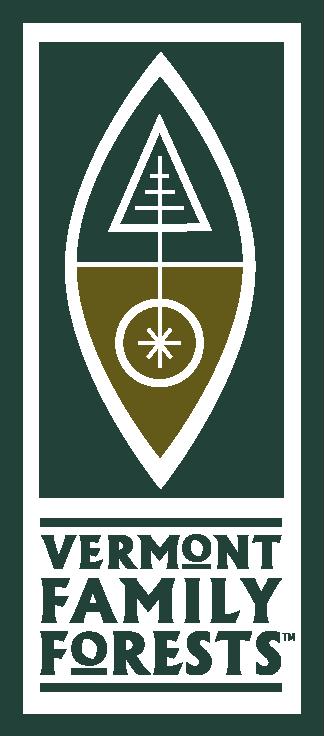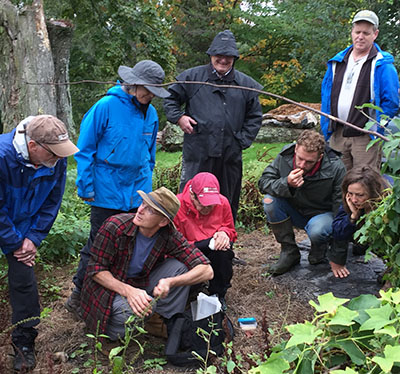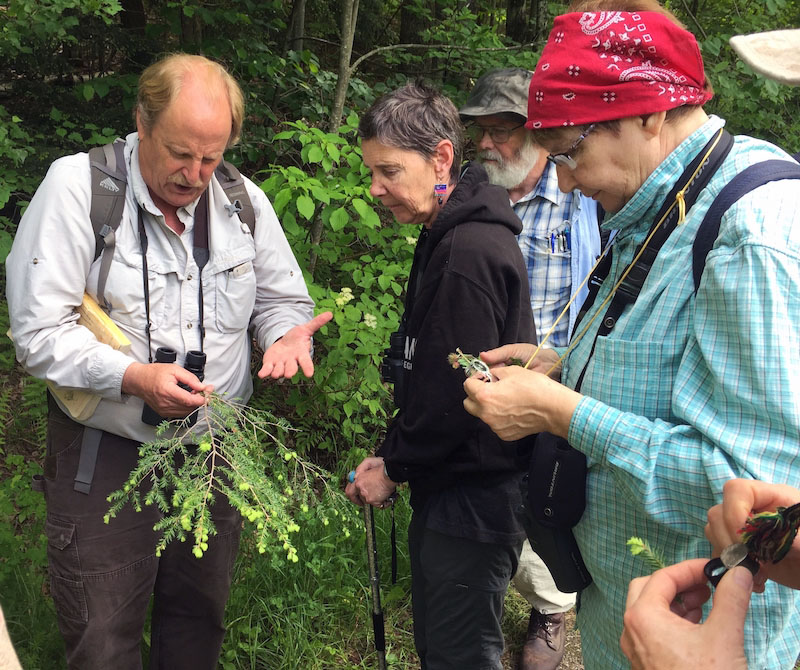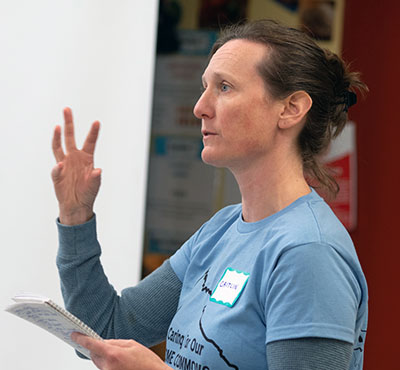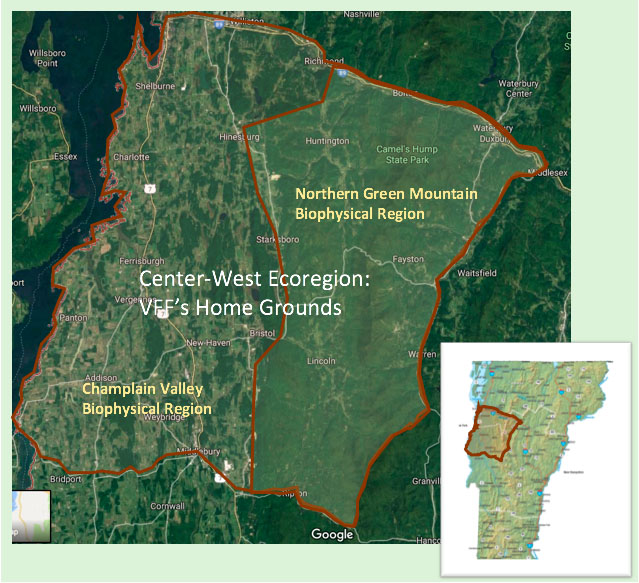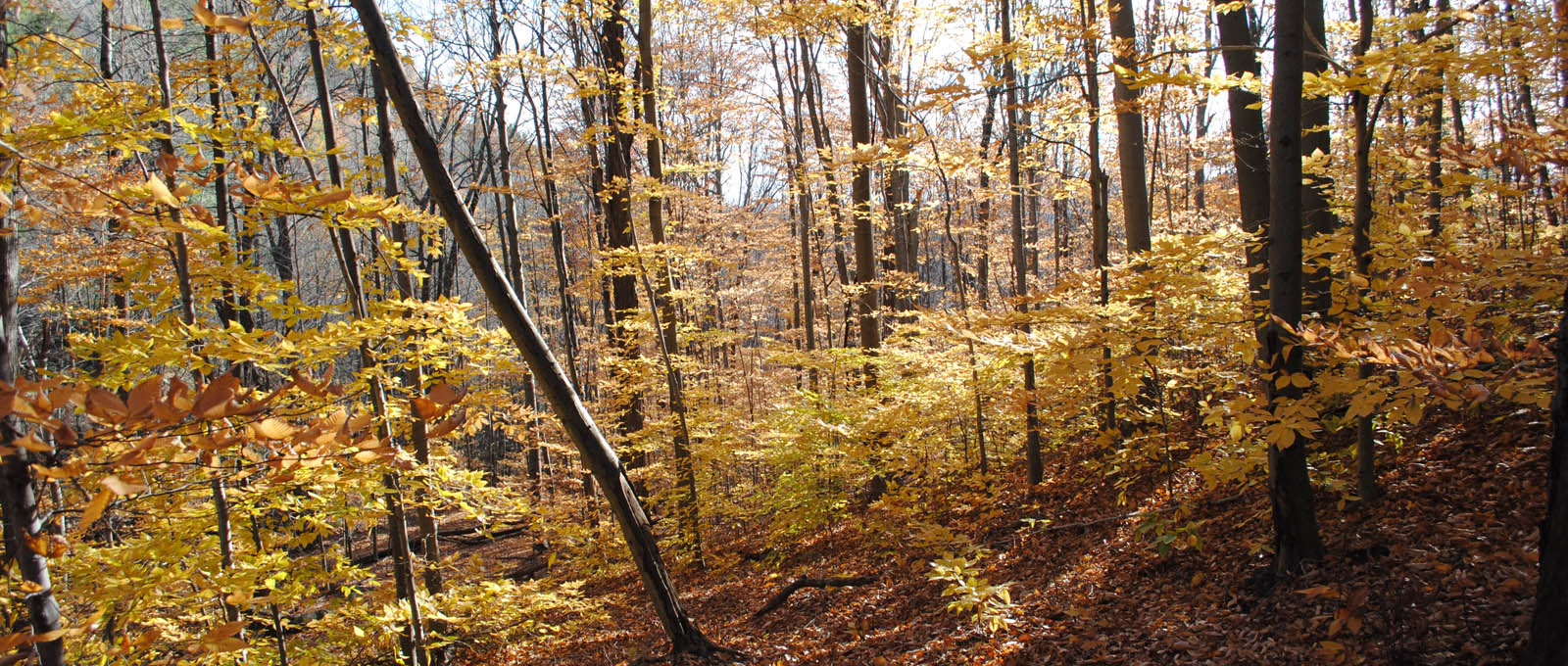
The climate is ripe for more ecological and wildland forestry on family forests in Vermont.
By David Brynn, VFF Executive Director and Conservation Forester
There is a general disconnect between forestry and forest owners that, if bridged, could have a major impact on the forests of Vermont and New Hampshire and the people that own them.
USDA (2012) Forests of Vermont and New Hampshire
“By understanding the priorities of family forest owners, the forest conservation community can better help owners meet their needs, and in so doing, help conserve the State’s forests for future generations.”
USDA (2017) Vermont Forests
In the fall of 2019, I joined a group of forest ecologists, conservationists, and forest managers in Huntington, Vermont, to explore ways to advance forest ecosystem conservation in a rapidly changing climate. Amending Vermont’s Use Value Appraisal (UVA) program to include more eco-friendly forestry and wild, intact, healthy forests emerged as one priority. A loose coalition of folks—known at “Wild Forests Vermont”—has been working on the idea since and has made some limited progress. A highlight is that the Vermont House Natural Resources Committee under Representative Amy Sheldon has begun looking into the matter. Below, I offer background and a brief update on our process.

The latest report of the International Panel on Climate Control makes it crystal clear that the global climate is rapidly changing and that the causes of those changes can be traced to the combustion of carbon by humans. As a result, there will be more violent weather, greater peak storm flow events, more flooding and drought, significantly increased soil erosion and stream sedimentation, more destruction of key habitats, and substantial reductions in wildlife species richness and abundance. These damages are now unavoidable, but opportunities still exist to mitigate the extent of the disruptions.
Though we live in relative paradise, even Vermonters need to change our world view from a human-centered one to an earth-centered one. We must reduce per capita consumption, take better care of the land, and move away from carbon-based energy sources to solar ones. We all must find ways to do our part and we need to do this quickly. Changing UVA to embrace more ecological and wildland forestry is one such opportunity that could reap major benefits.
Vermont is fortunate to be more than 75% forested. By proportion, ours is the fourth most forested state. Healthy, intact forests can produce the highest quality water, sequester and store the most atmospheric carbon, provide habitats for the highest species richness and abundance, and are more resilient in the face of floods and droughts than any land other use. Lightly-tended and wild, self-willed forests can do this exceptionally well. However, only 3.7% of the Vermont landscape is reserved from industrial timber cutting and most of these forests are in the Green Mountain National Forest.
Commercial timber cutting is the default in Vermont’s UVA program unless a case can be made to do otherwise. Incredibly, family forests with forever-wild conservation easements on them are not eligible for UVA. The other New England states are much less timber focused and much more eco-friendly. Fortunately, making the case for avoiding industrial logging in Vermont has gotten easier in recent years, but there is more to be done to ease up on the timber management focus and to put more effort into our water, wildlife, and air commons.
In Vermont, 69% or 2.7 million areas of Vermont’s forestland is owned by family forest owners. Their primary reasons for owning forest land are related to amenity values, such as aesthetics, nature, privacy, wildlife, water, recreation, legacy, family space, and personal firewood. Much less frequently cited are objectives related to financial values including timber production and land investment. The most common activities on family forest lands are personal recreation such as hunting, hiking, and cutting trees for personal use such as firewood.
Vermont state government has the opportunity to help Vermonters take better care of the land by focusing less on industrial forest resource management and by embracing optimal and exemplary family forest conservation and protection options and practices to enhance and expand forest ecosystem services beyond timber.
The Vermont House Natural Resources Committee has been receiving testimony on ways to make the UVA Program more water, wildlife, and climate friendly. Wild Forests Vermont, that loose coalition of forest ecosystem conservationists mentioned earlier, has been making the case for expanding the eligibility of privately held wild forests to receive the economic benefits of use value appraisal in return for the ecological benefits of wildlands managed in compliance with Exemplary Wildland Protection Practices (EWPPs). An initial form of draft legislation is starting to take shape. The State of Vermont, Vermont Forest Products Association, and number environmental groups have been weighing in.
It will be very important for family forest owners to participate in the discussions and testimony when the time arrives. After all, it is your land. Stay tuned.
